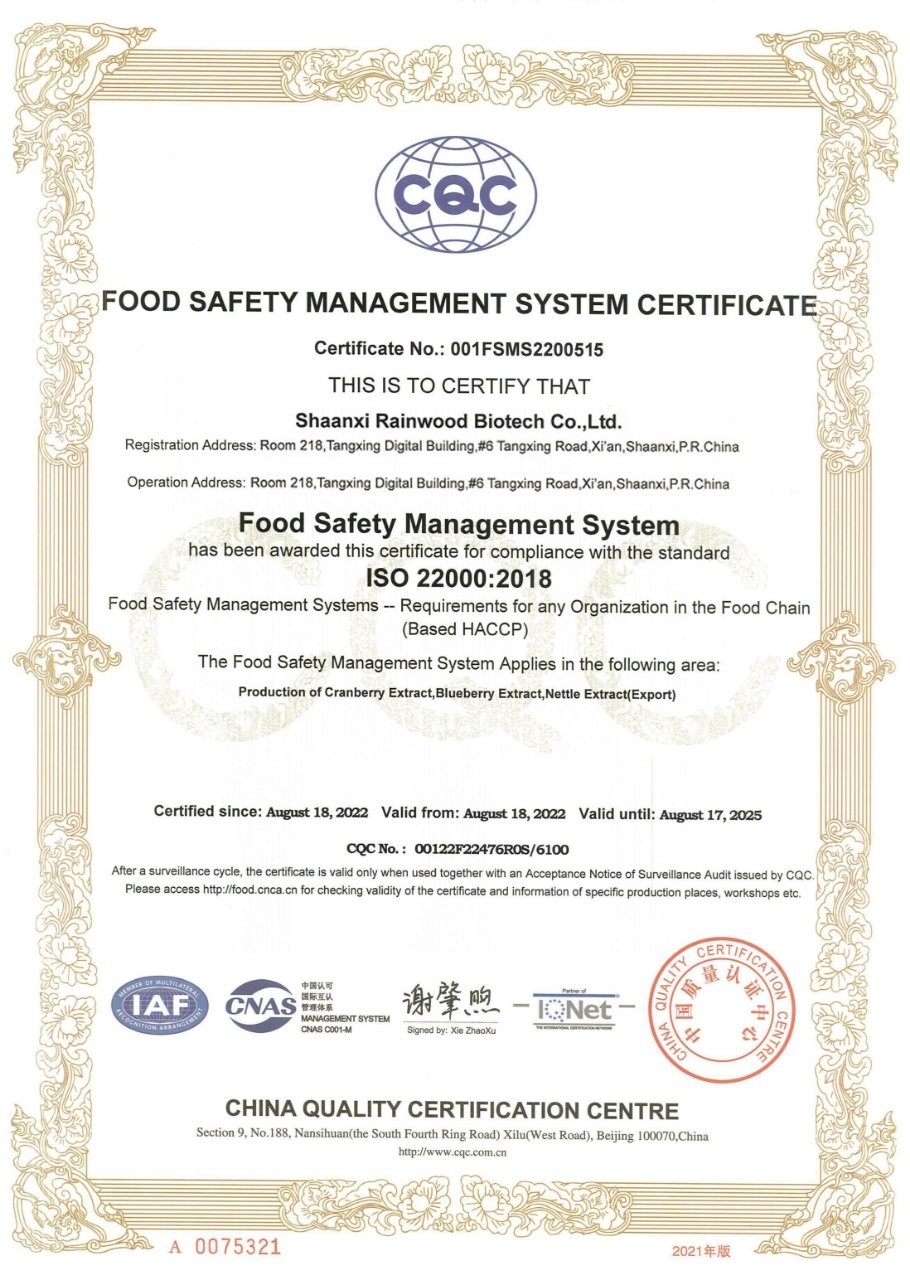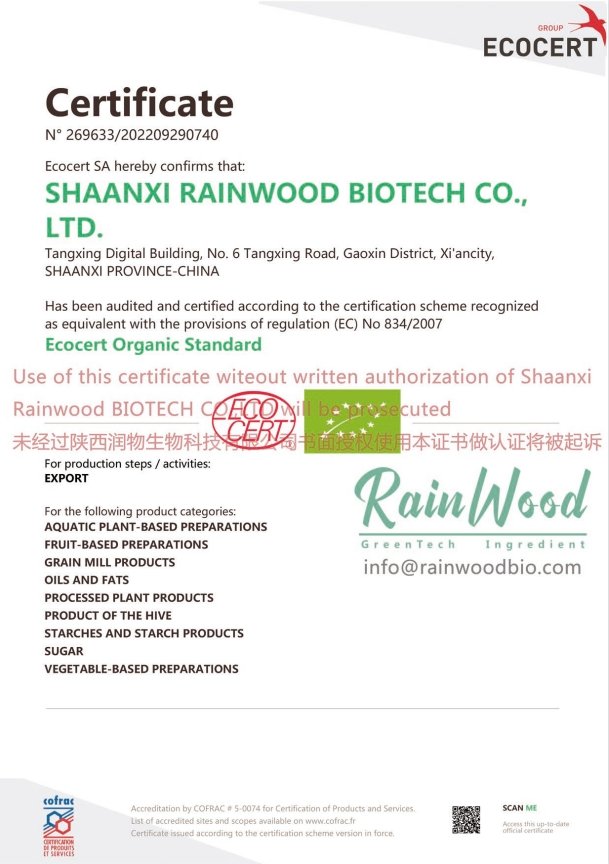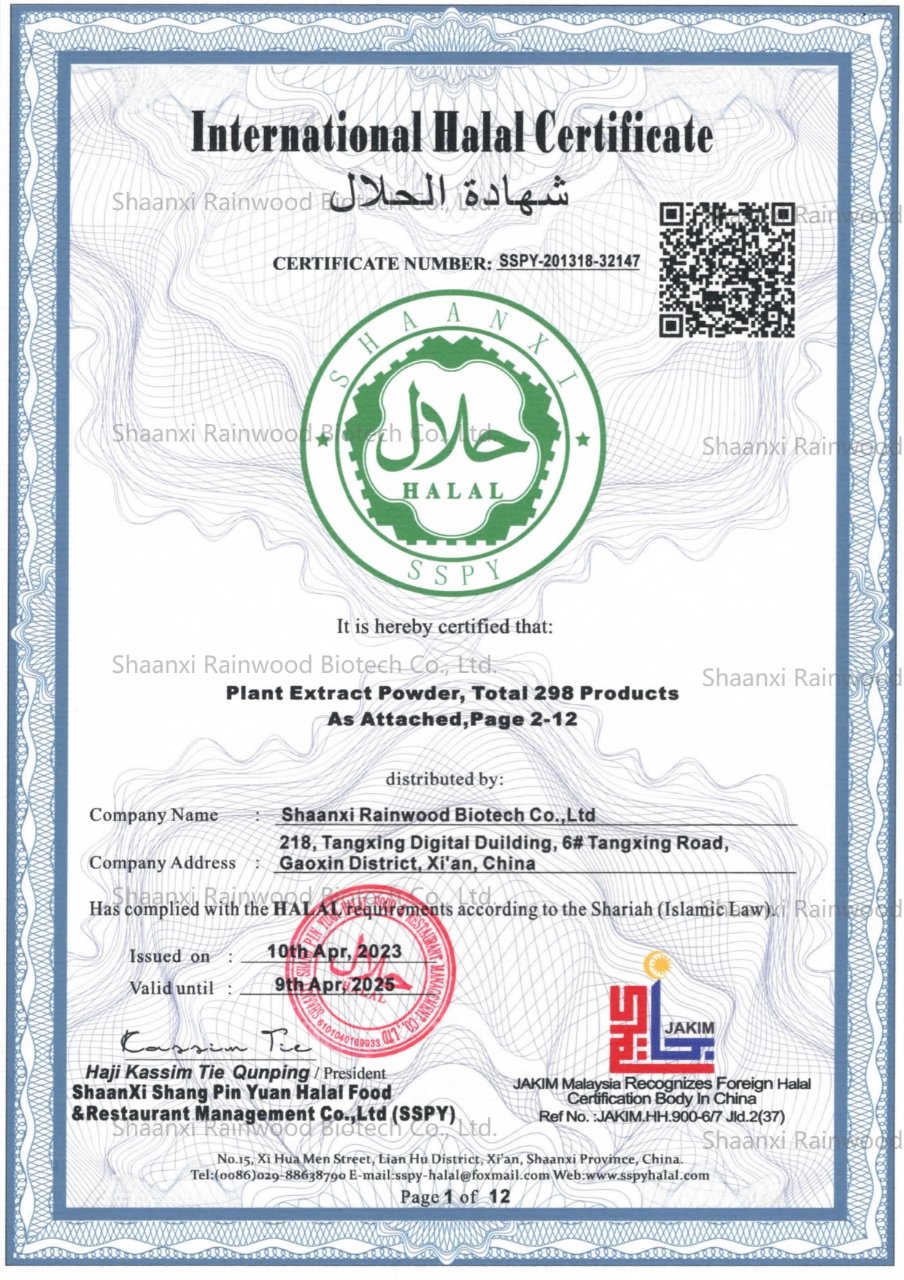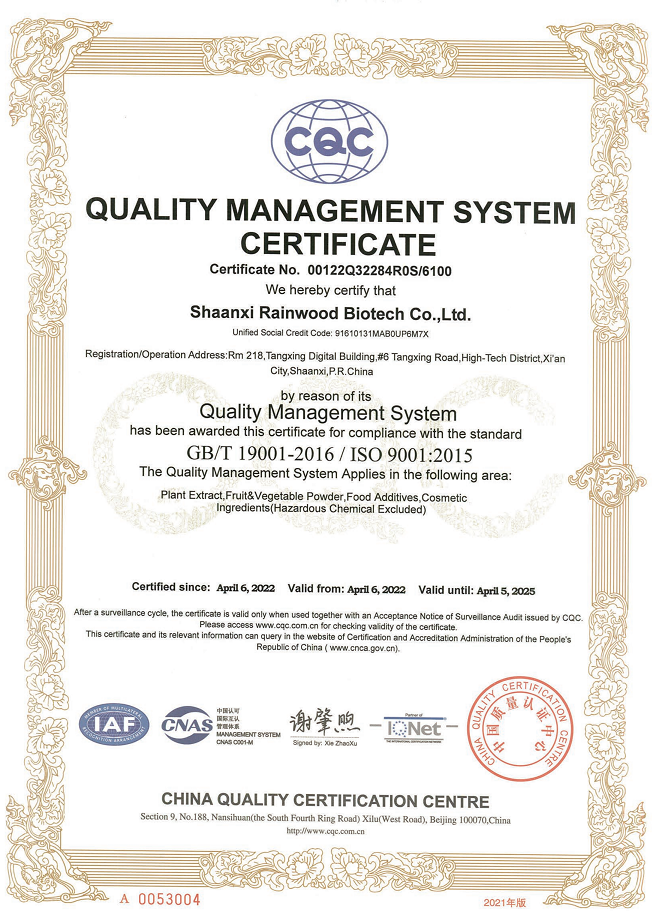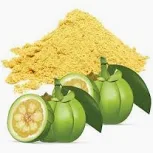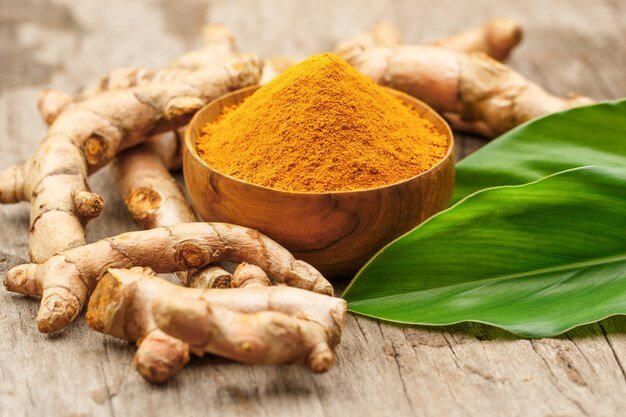Cochineal extract, derived from the bodies of female cochineal insects, serves as a potent natural dye, prized for its intense coloration. With its robust pigmentation, it finds application in various realms, from textile dyeing to culinary arts and beyond.

In natural dyeing and textile printing, cochineal extract exhibits remarkable versatility. It imparts deep reds, carmine, and even purple shades, depending on the specific formula used. Its high color strength ensures vibrant results on fibers previously treated with mordants like alum, cream of tartar, or gallnut. These resulting hues boast excellent light and wash fastness, making them ideal for enduring beauty in fabrics.
Beyond the realm of textiles, cochineal finds its place in fine arts, leisure, and decoration. It contributes to the creation of fine paints, watercolors, and natural inks, adding a touch of natural elegance to artistic endeavors.
Despite its insect-derived origins, cochineal extract is widely used in various products under different names such as cochineal, carmine, or carminic acid. Found in items ranging from sausages to cosmetics, including lipsticks and blushes, it provides stable coloration, withstanding cooking, freezing, and acidic environments with ease.
While concerns may arise regarding its consumption, particularly due to ethical or religious reasons, cochineal extract generally poses no known health risks, apart from potential allergic reactions. In comparison to synthetic red dyes derived from coal or petroleum, cochineal extract offers a natural alternative with fewer associated health concerns.

Cochineal’s rich history traces back to ancient civilizations, where it held significant value, akin to precious metals like gold. From its use in textiles and cosmetics by the Aztec and Maya peoples to its widespread adoption in Europe during colonial times, cochineal’s journey reflects its enduring allure and utility.
Production of cochineal extract involves various methods, including immersion in hot water or exposure to sunlight, steam, or heat. Each technique yields a distinctive color, contributing to the diverse palette of commercial cochineal products. With around 155,000 insects needed to produce just one kilogram of cochineal, its production requires meticulous care and attention to detail.
In conclusion, cochineal extract stands as a testament to nature’s vivid palette and enduring presence in human history, offering a sustainable and versatile solution for vibrant coloration across diverse industries.








